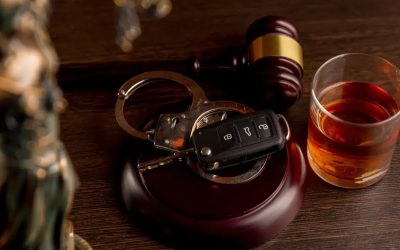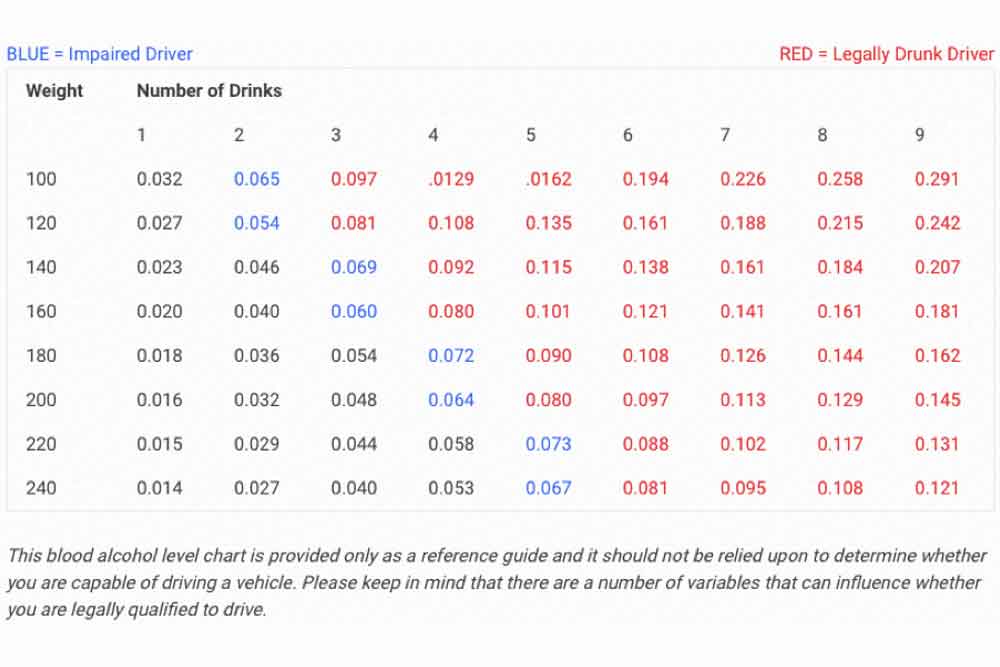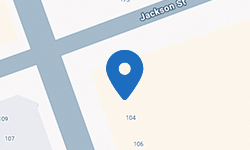New York Blood Alcohol Limits

Every driver in New York state should be aware of the legal blood alcohol limits to avoid costly mistakes and, potentially, a lifelong criminal record.
If you are caught driving over the limit in New York, you will be arrested, your fingerprints taken, and you will be charged with Driving While Intoxicated (DWI). Even if you are under the legal limit but driving under the influence of alcohol, you can be charged with a crime.
If convicted, you will face a mandatory fine, license revocation for at least six months and you could even spend time in jail.
With an experienced DWI lawyer representing you, it is unlikely you will face jail time for a first offense but you could still have a lifelong criminal record. Therefore, understanding more about the New York blood alcohol limits (BAC levels) is important for every driver in the state.
The legal limits and how to gauge your BAC
Blood alcohol content (BAC) is a measurement of the ratio of ethyl alcohol (measured in grams) per 100 milliliters of blood. It is expressed as a percentage and is most often determined by a breathalyzer test. However, a defendant’s BAC can also be determined by law enforcement performing tests on a defendant’s blood, urine or saliva. Note that each type of test carries its own strengths and weaknesses, and can be a defendant in different manners.
A BAC level of .08 percent or higher is considered intoxication per se in New York and is charged under VTL 1192.2. Additionally, a reading of .08 or higher will also be used as evidence of intoxication for prosecution of Driving While Intoxicated under the common law. The difference between per se driving while intoxicated and common law intoxication is that per se intoxication considered you intoxicated purely based on the percentage of alcohol in your blood. Common law intoxication, however, is determined based on one’s ability to operate a vehicle like a reasonable and prudent driver and uses one’s blood alcohol content as evidence of such ability. A level of .18 percent or more is evidence of aggravated driving while intoxicated (more serious penalties).
Even if your BAC is measured at .05 and below .08 (i.e., you are below the legal limit), you can still be charged with driving while intoxicated (common law) or driving while impaired with alcohol if other factors (such as the way you drive, your appearance or your behavior when arrested) are noted by law enforcement and used against you in testimony.
It should be noted that the limits outlined above are for adult drivers with standard Class D licenses.
For commercial drivers in New York State (Class A, B or C licenses) the legal blood alcohol limit is .04 percent, i.e., half that of Class D drivers. The limit applies regardless of whether you are working or not.
New York has a Zero Tolerance Law for drivers under the age of 21. If a police officer suspects alcohol consumption, you will be temporarily detained and asked to take a breathalyzer test. If your BAC is between 0.02 percent and 0.05 percent, you will be referred to the DMV to determine whether or not your license should be suspended. However, you will not be charged with a DWI unless your BAC is between 0.05 and 0.08 percent and law enforcement decides to charge you or you return a reading of over .08.
Keep in mind that for repeat offenders (a second offense within 10 years), the BAC limits do not change but the punishments do.
For instance, a second conviction for driving while intoxicated, driving while impaired, or aggravated driving while intoxicated is considered a Class E felony. That means a fine of up to $5,000, a jail sentence of up to four years, and license revocation for a minimum of 12 or 18 months.
How many drinks does it take to reach .08 Blood Alcohol Content?
Your blood alcohol content depends on five main factors:
- How much alcohol you drink
- The time between drinks
- Your weight
- The amount of food you eat before or while drinking alcohol
- Your gender
BAC is not affected by the type of drink or how well you “hold your liquor.”
It is extremely difficult to judge your BAC, which is why it is best to avoid drinking and driving completely.
As a guideline, one drink consumed at normal speed equates to between .02 and .04 BAC depending on body weight and other factors.
One standard drink is considered to be any of the following:
- 12 fl oz beer
- 5 fl oz glass of wine
- 1.5 fl oz shot of hard liquor
This does not mean that if you are of high body weight, you can have four 12oz drinks of beer and drive home safely.
The known effects of alcohol are delayed reaction times, reduction in the ability to see clearly, and altered judgment of speed and distances. It may also make you more prone to take risks on the road. None of this is good for driving.
Generally speaking, a person of low body weight will have a higher BAC than a person of high body weight after consuming the same number of standard drinks in the same timeframe.
The best policy is either not to drink before driving or limit your intake to just one drink.
What blood alcohol level is considered lethal?
Some people wonder how a reading of .08 or .15, which is almost twice the legal limit to drive in New York, affects your health.
According to a study by the University of Notre Dame, a blood alcohol concentration of 0.250-0.399% will lead to what is called “alcohol poisoning”. A loss of consciousness is likely.
It was found that a state of coma and death may occur at anything above a .40 percent BAC. However, this conflicts with some other studies that suggest the numbers are lower, e.g., .355 percent.
We can take a BAC of .40 percent to be generally held as the lethal blood alcohol level.
How do I calculate my own BAC?
There are a variety of measures that an individual can use to judge or measure their own BAC level.
The following graph provides an indication of typical BACs for different body weights/drink consumptions. It is a guideline only and not a reliable measurement of BAC level:

Some people buy home breathalyzers that they use in a similar way to law enforcement to determine their BAC level before driving.
Most home breathalyzers cost $40-$100 and are small, hand-held devices. They perform an alcohol breath test and generate an estimate of your BAC.
Keep in mind that breathalyzer BAC readings, on their own, may not be considered reliable trial evidence. If in doubt, do not drink and drive.
Need help with a DWI in New York?
Richard Hochhauser, DWI & criminal lawyer, can help if you have been charged with DWI in Nassau County, Suffolk County, Queens, NYC, and the surrounding areas.
Call 516-939-1529 or book a free consultation now.









